PASARELA CIBELES
Cybele was originally a Phrygian goddess. The Greeks made her a mother of the gods, the mother of Zeus and other relevant deities. She is represented in an 18th-century emblematic monumental sculpture situated in the center of Madrid, and she also brands Spain’s first official runway established in Madrid in 1986, Pasarela Cibeles.
The name was implemented by Cuca Solana, Director of Pasarela Cibeles for over 30 years, and this, my first post, was supposed to be a long-awaited surprise for her. Sadly, Cuca’s recent passing makes this a personal tribute to a fashion professional accredited for establishing in the ’80s a fashion show format that groups designers in shared facilities to create official runways with common press and buyers services. A fashion show formula immediately implemented globally, in other countries, in other cities.
Also, and I know that she was very proud of this, the creation of Pasarela Cibeles broke the hegemony set by the three fashion leading cities at the time Paris, Milan, and London, situating Madrid as the fourth fashion capital.
Spain in the ’80s, with Madrid at the helm, was literally bursting with creativity. After a long-awaited democracy arrived, the Spanish people finally found the freedom to let loose their creativity, their artistry. The oppressive bounds set by Franco’s dictatorship were broken, and Spanish creativity opened unbarred to the world. La Movida, a madrileño cultural movement, gained a global following and represented not only contemporary artistic currents but also new disciplines such as fashion, pop music, movies, and photography.
Until the late 70’s and early 80’s fashion was in fact quite rancid and highly exclusive. In Milan, designers and industrialists began to democratize fashion by creating consumer accessible RTW collections, in London the punk movement established a market for a new cutting edge generation of fashion consumers, and in Madrid this new fashion era was symbolized by the creative outburst of La Movida, also attainable for creating the graphic visual images with which we today identify the ’80s.
And there I was, a young 20 year old with a camera, eager to participate in this new fashion discourse, where design, creativity, innovation was valued, and new approaches to communicating fashion were encouraged. And so was Cuca, a fashion buyer and promoter in department stores GALERIAS PRECIADOS (at the time a worthy competitor of well-known leader EL CORTE INGLES, who bought out the department stores in 1995) with two objectives in mind, selling and promoting Spanish designer fashion.
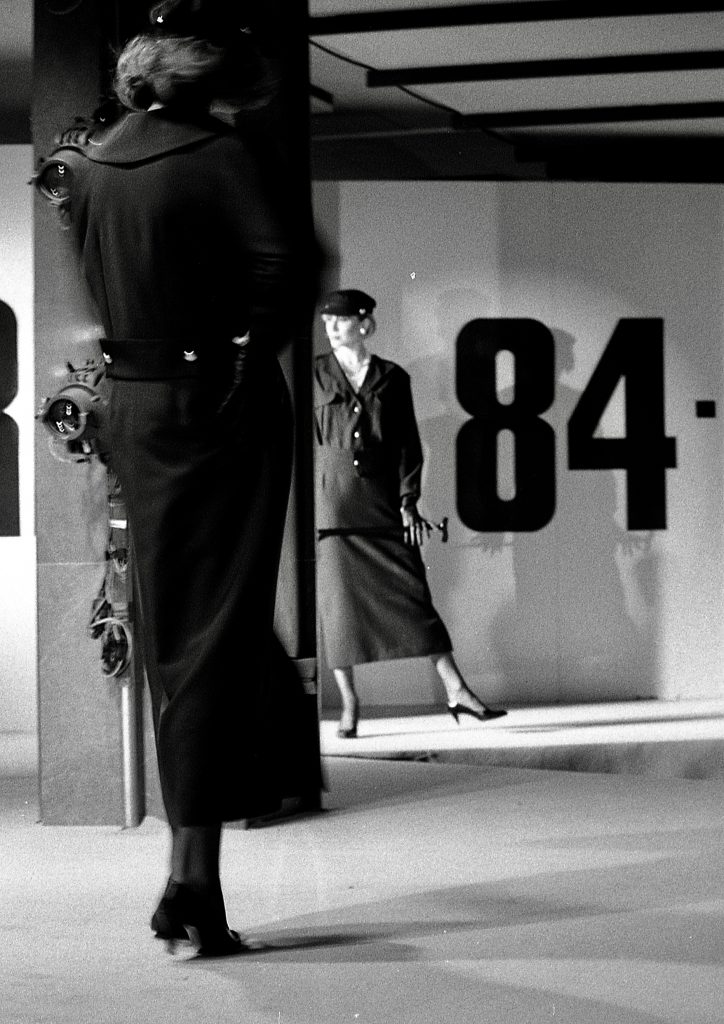
Galerias Preciados, 1984 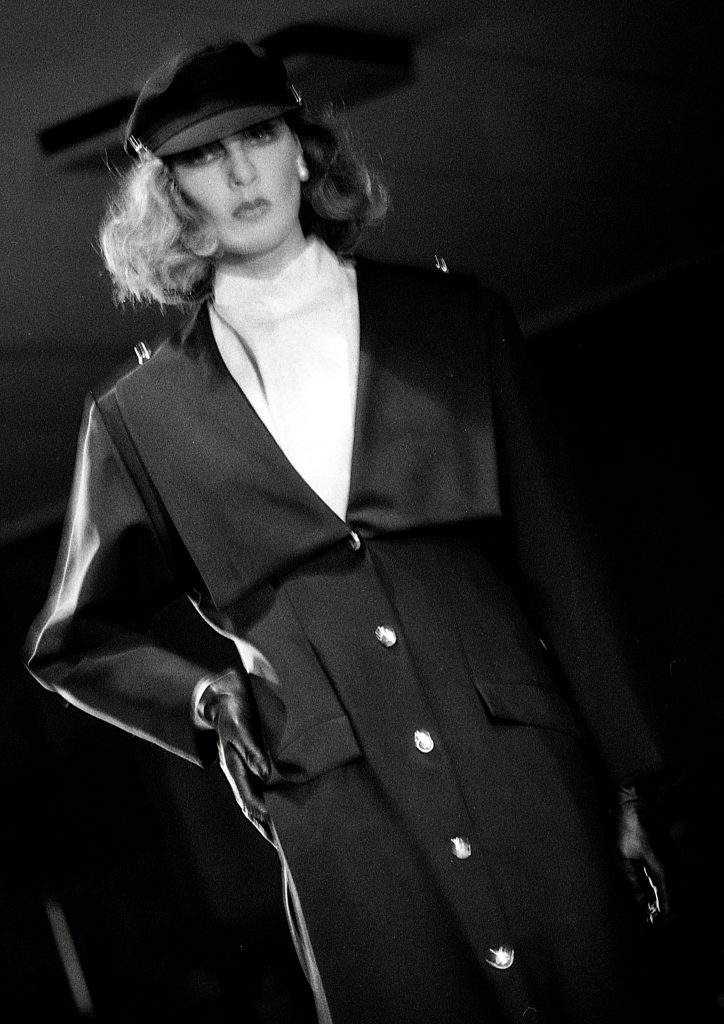
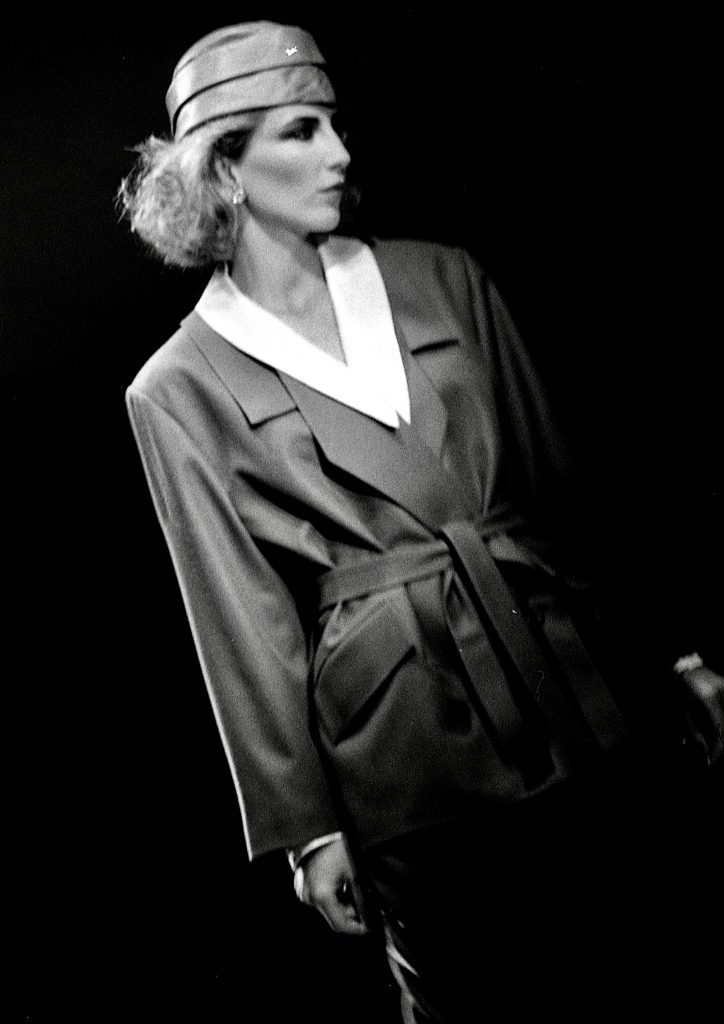
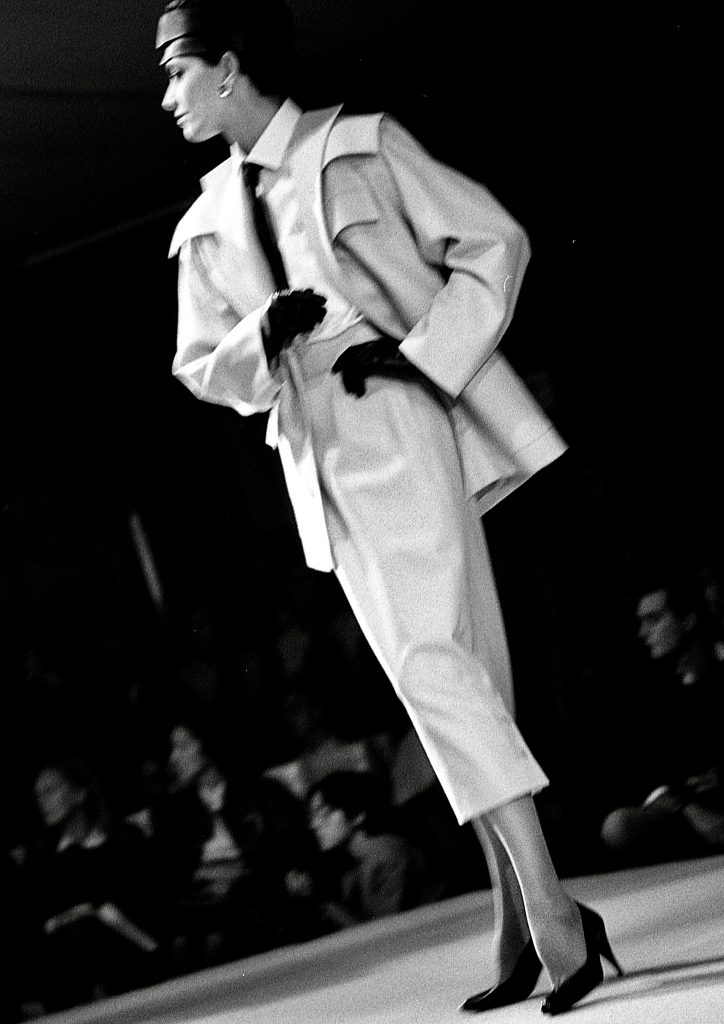
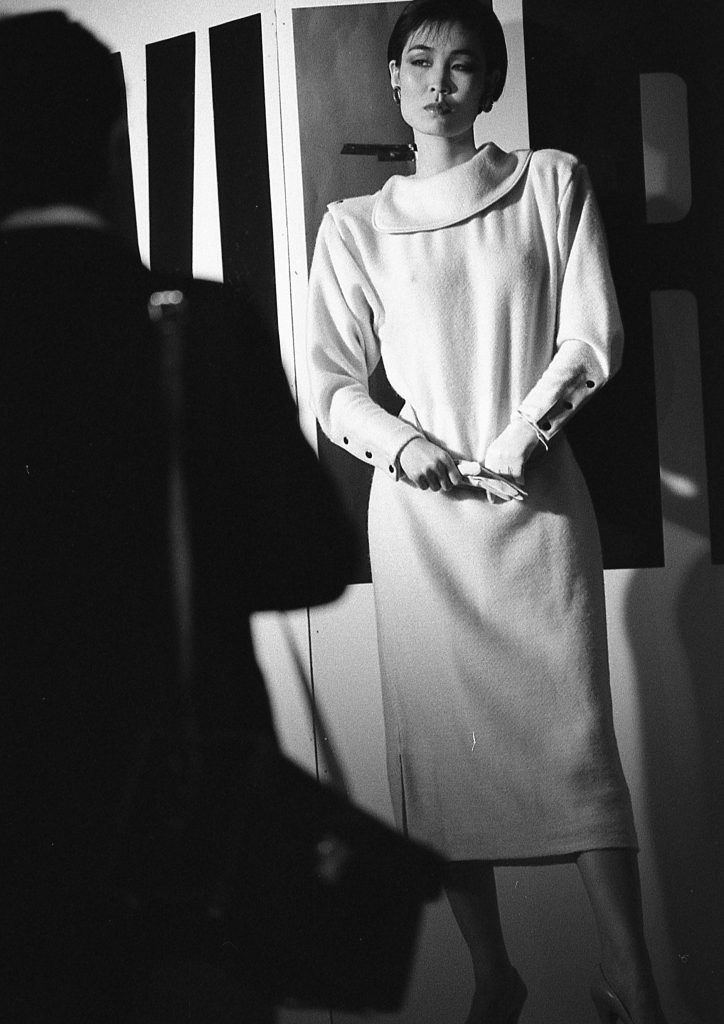
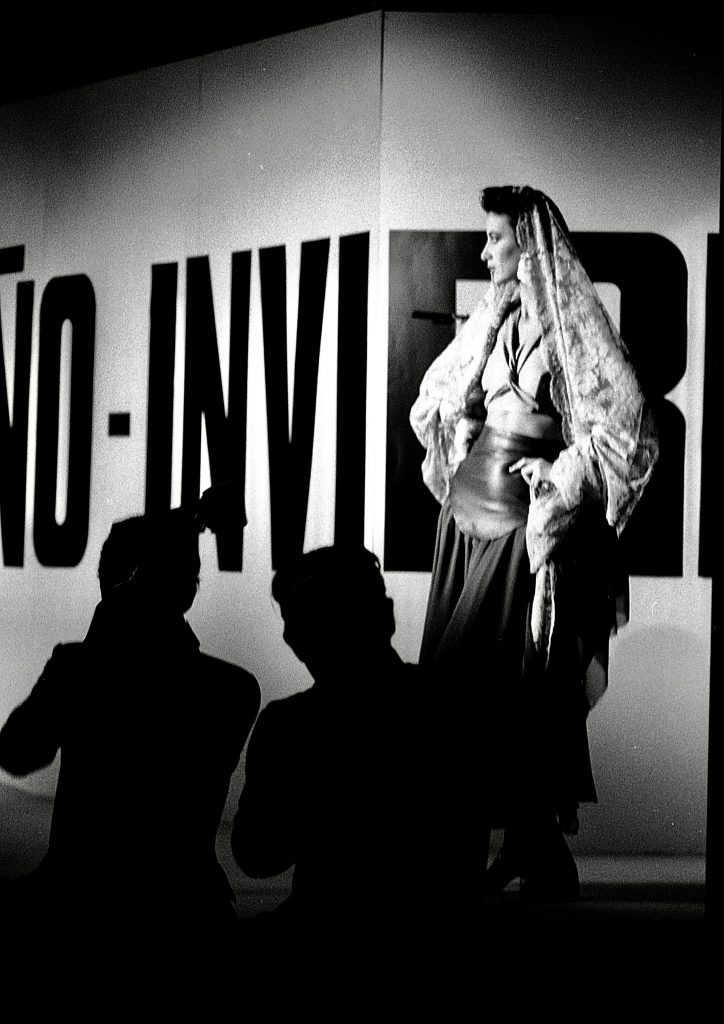
Francis Montesinos Galerias Preciados, 1984
To achieve her objectives, she created fashion shows, with the fashion brands housed by GALERIAS PRECIADOS, open to the public, and she set a dynamic PR campaign that included support to the Spanish fashion cause by both local and global opinion leaders. I know that these actions seem obvious now, but at the time both were considered risqué, as fashion shows were held only for an exclusive elite and never in the same venue as another fashion designer, and it just wasn’t deemed cool to openly publicize designer or luxury brands.
Bear in mind as well that in Spain in the ’80s there were only two woman’s magazines, TELVA and DUNIA, and it wasn’t until the late ’80s and early ’90s that international fashion magazines such as VOGUE, ELLE, MARIE CLAIRE or new Spanish fashion mags – WOMAN MDE FIGARO or HOLA! FASHION were established, together with the weekend supplements of daily newspapers YO DONA (El Mundo), SMODA (El País), MUJER HOY (ABC), FASHION & ARTS (La Vanguardia), and independent magazines VANIDAD or NEO2.
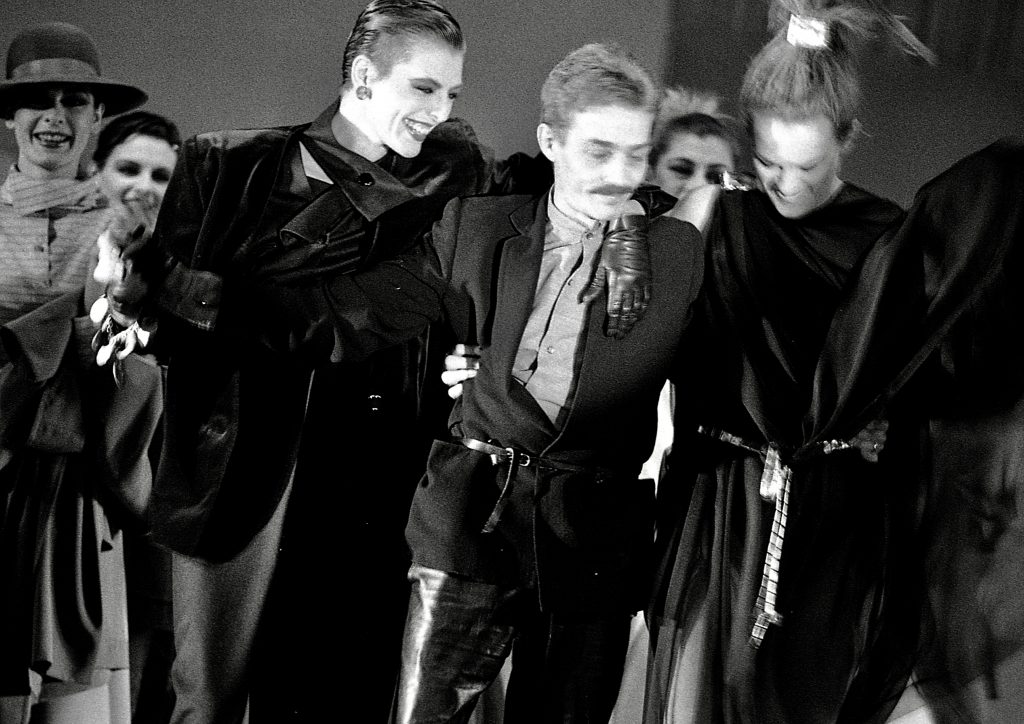
Jesús del Pozo, Plaza de Colón, Madrid 1985 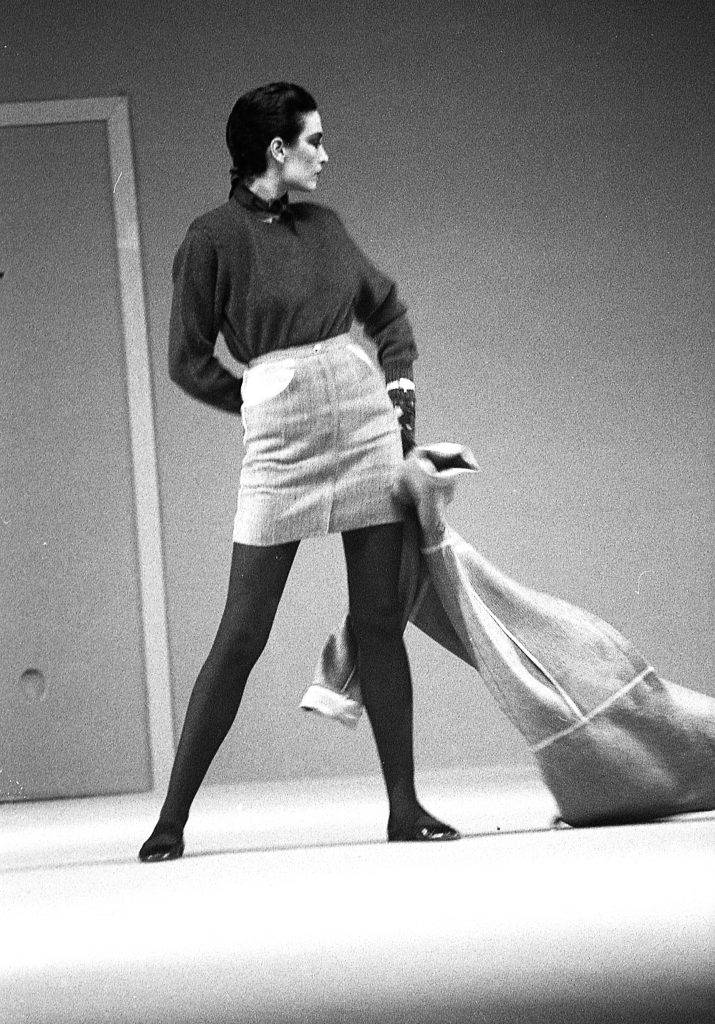
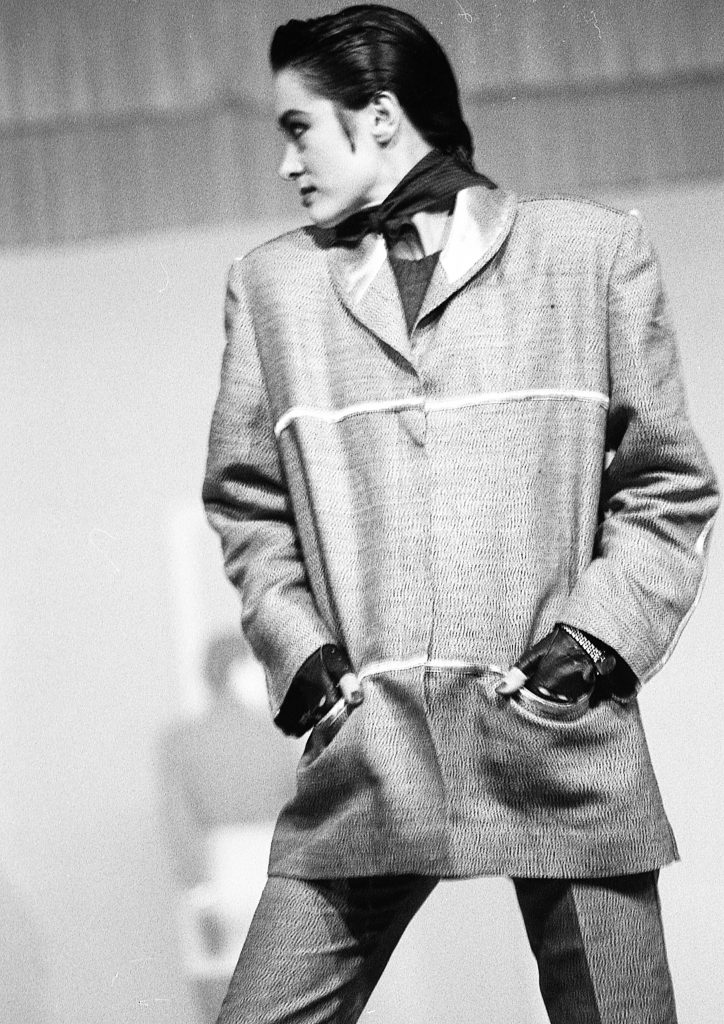
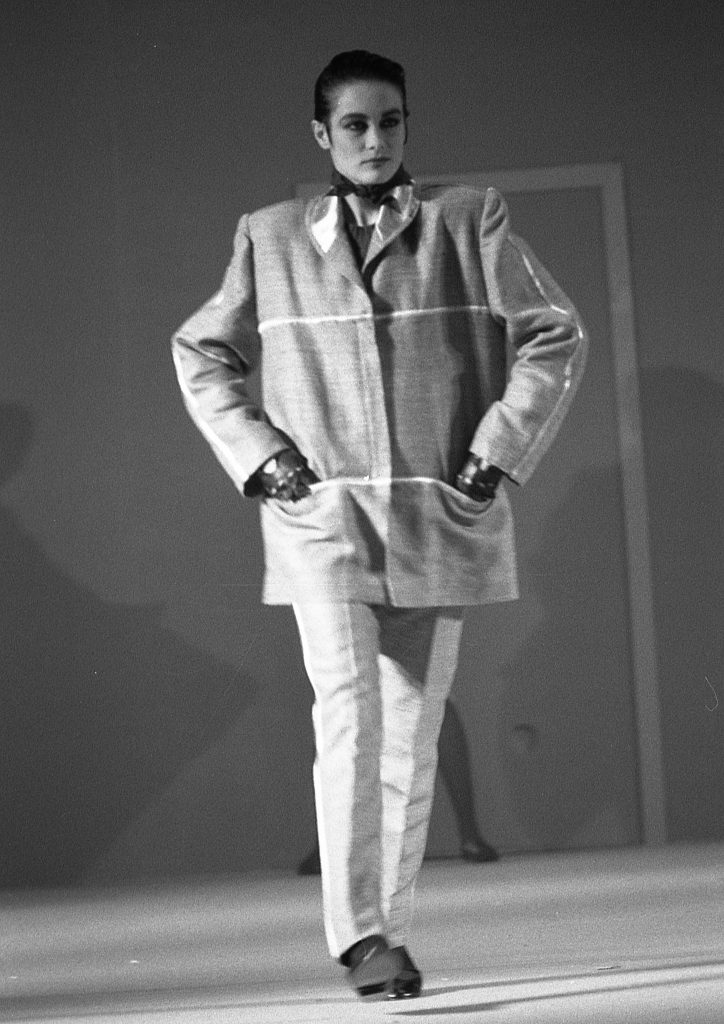
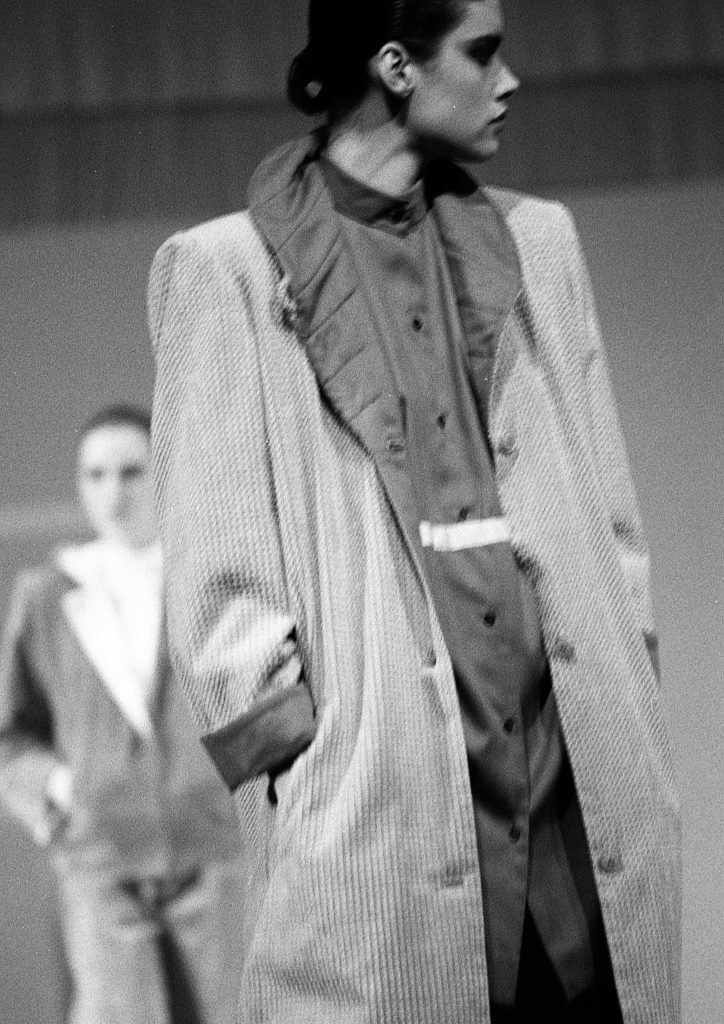
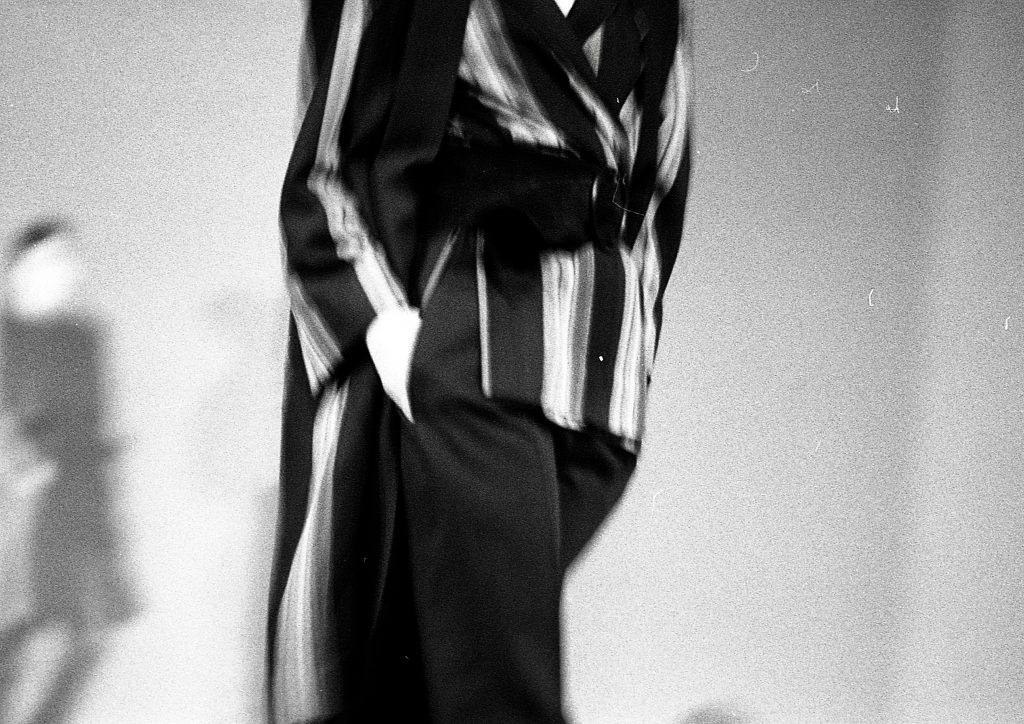

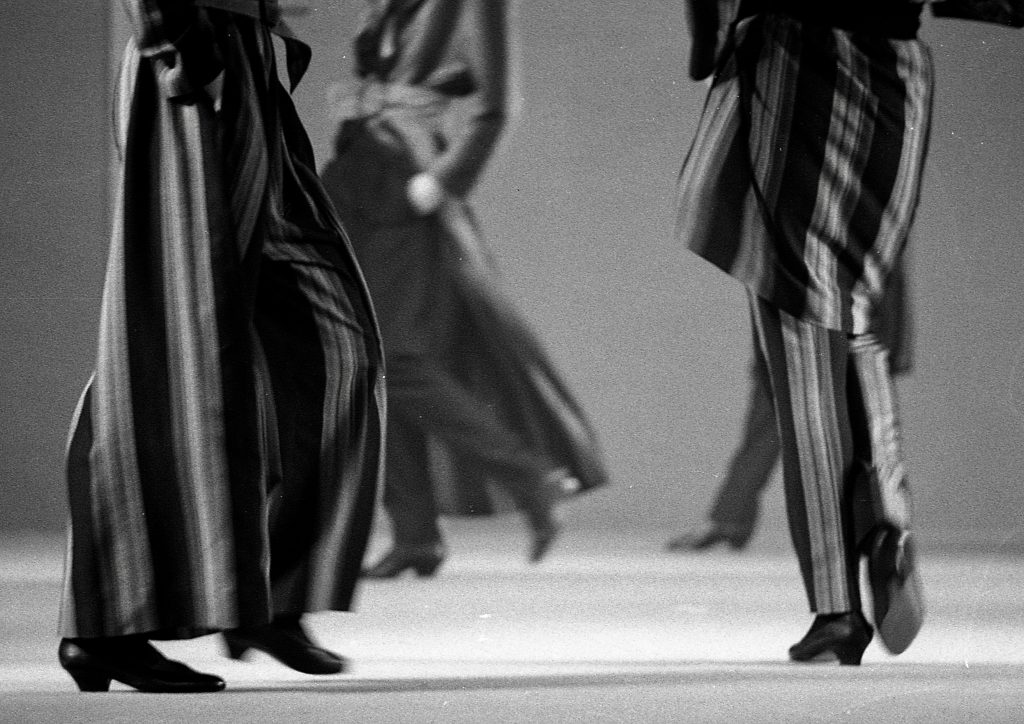
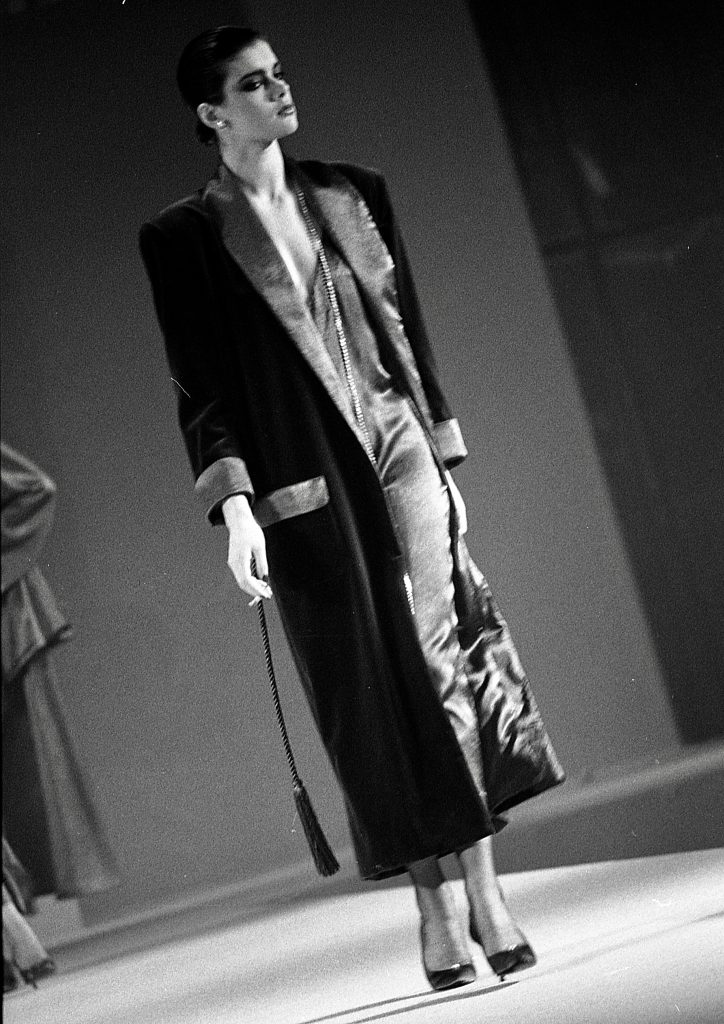
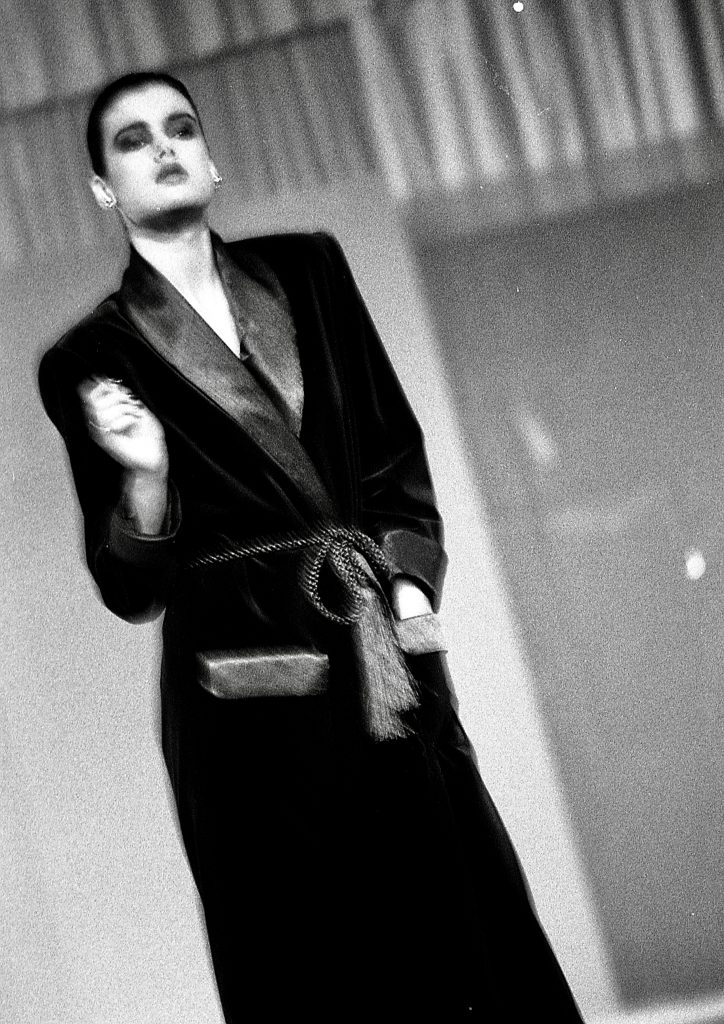
On the other side of town, led by designer, and I could say fashion activist, Jesus del Pozo (founder of the DELPOZO fashion brand) together with other young up and coming designers, Manuel Piña, Antonio Alvarado, Paco Casado, Jorge Gonsalves, decided to gather forces together. In 1985, with the help of the Community of Madrid, and organized by actor, then top model and entrepreneur, Jose Coronado, set up a common runway in a circus tent in the center of Madrid, in Plaza Colón. This first event generated great media interest at a global level, and I should now as I coordinated a group of
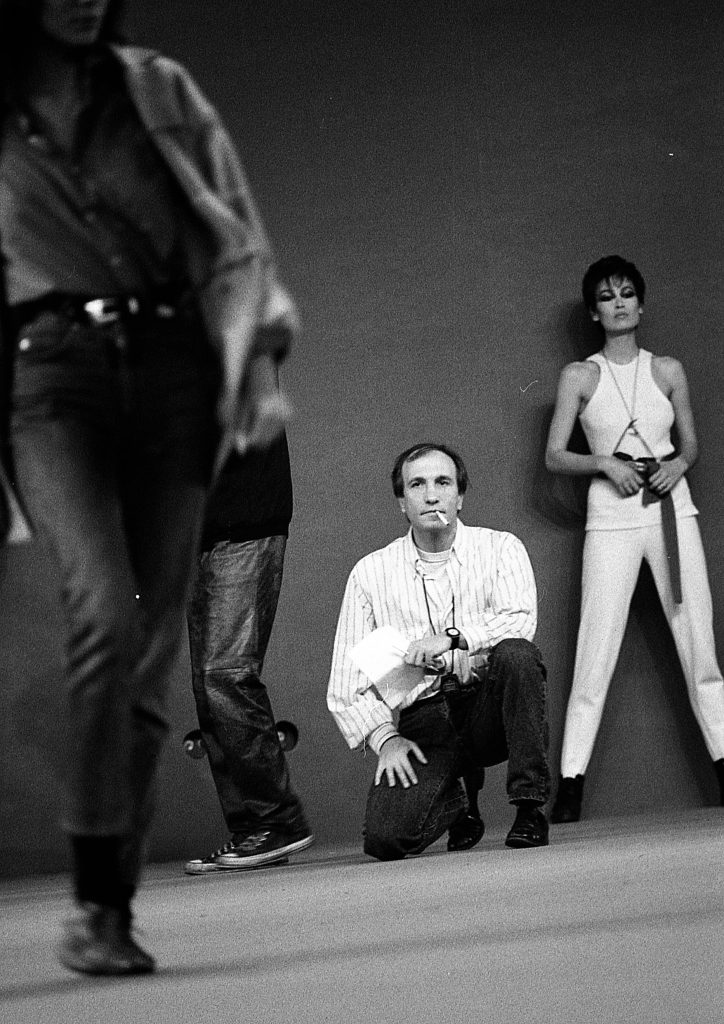
Jorge Gonsalves, Plaza de Colón, Madrid, 1985 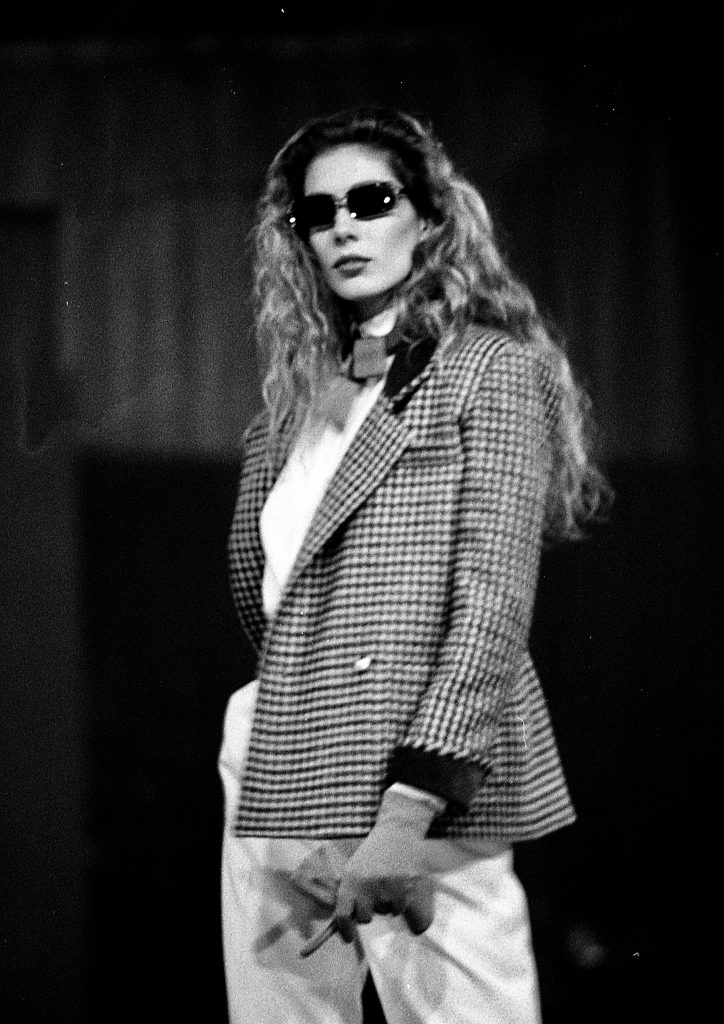
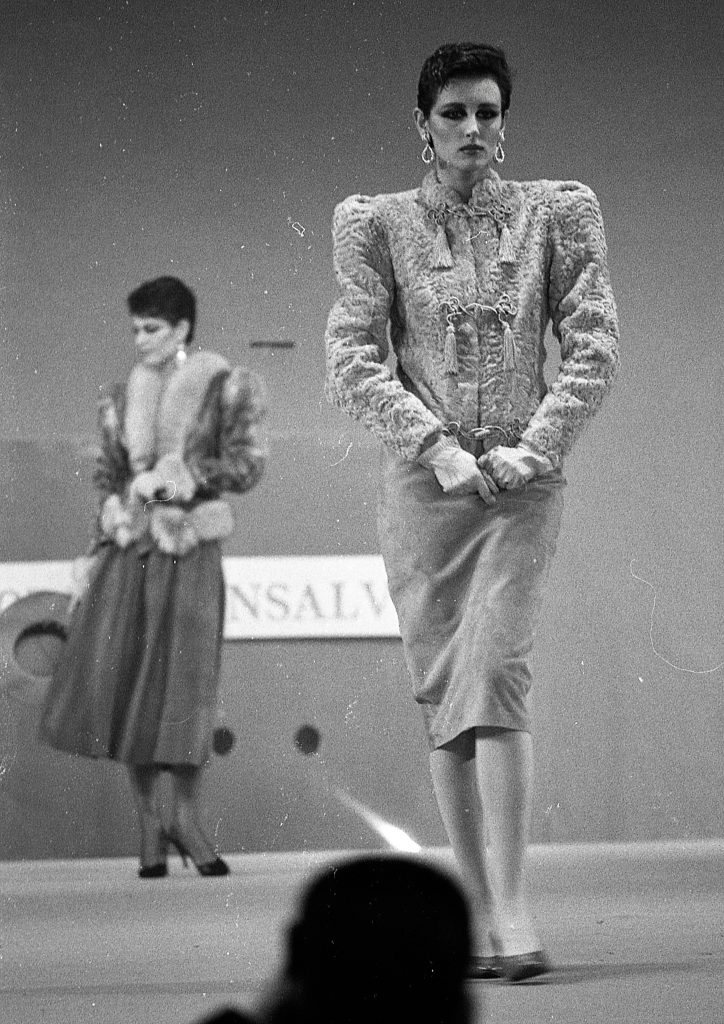
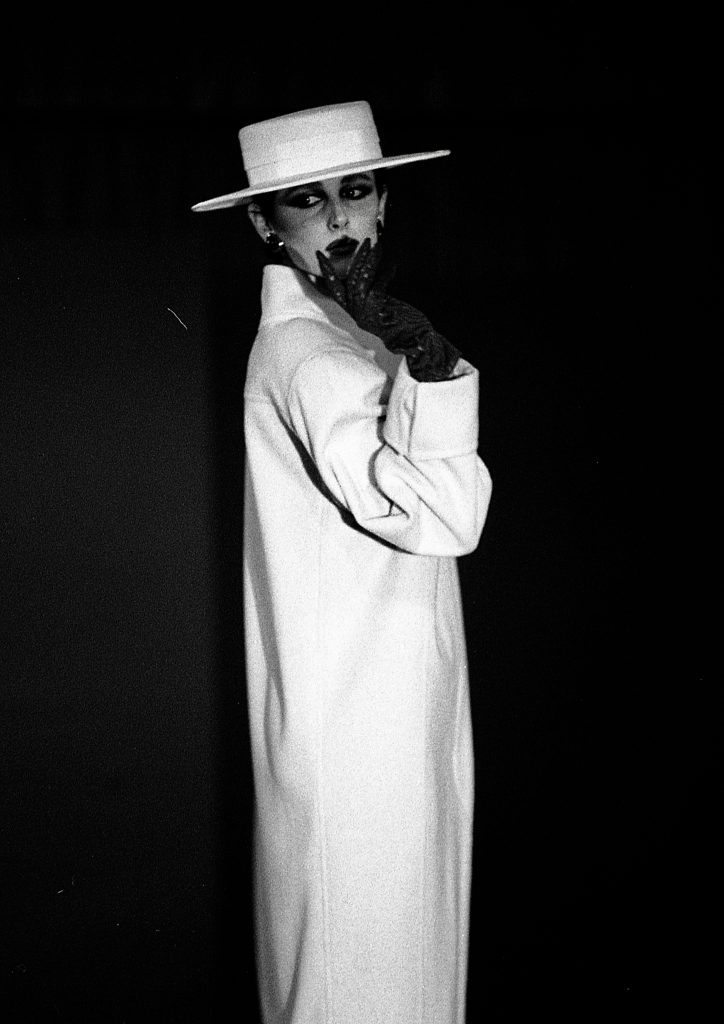
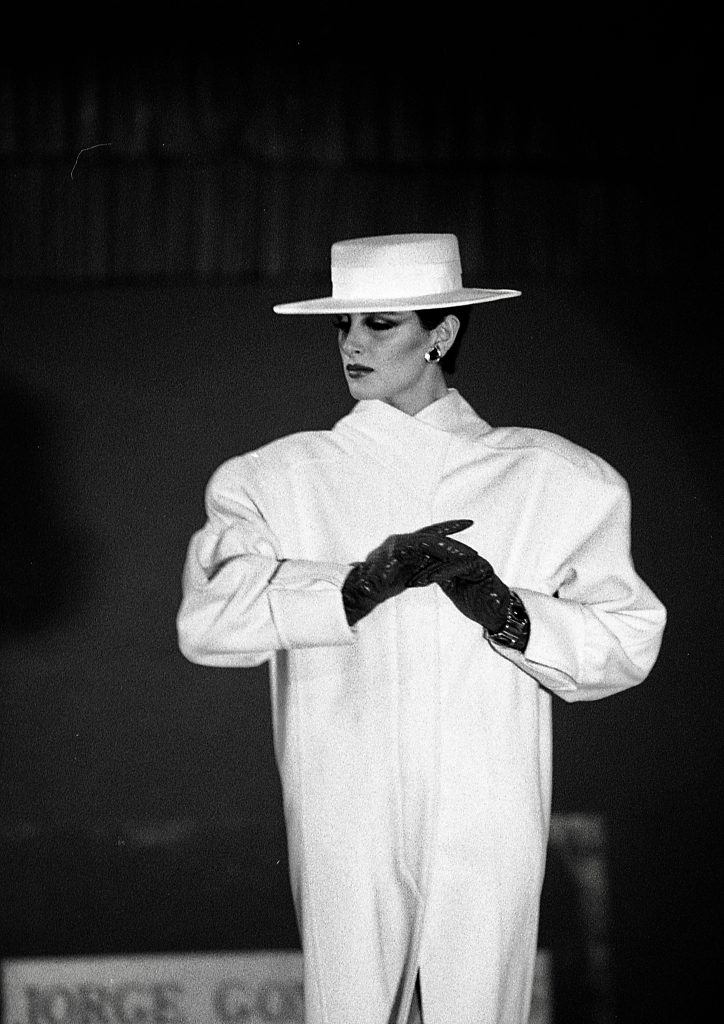
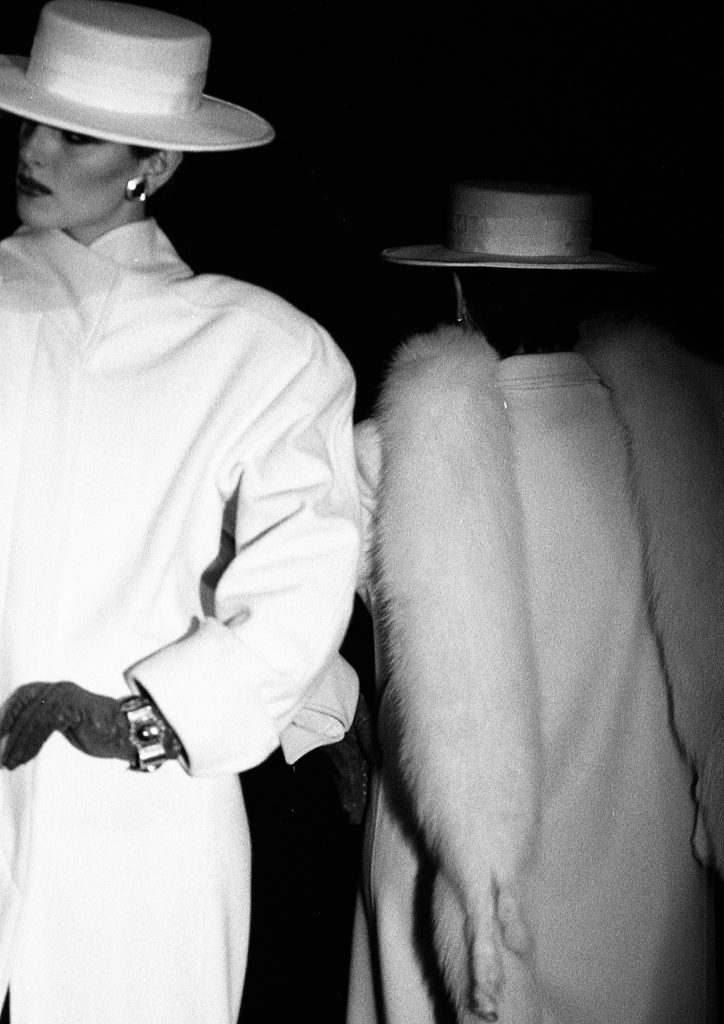
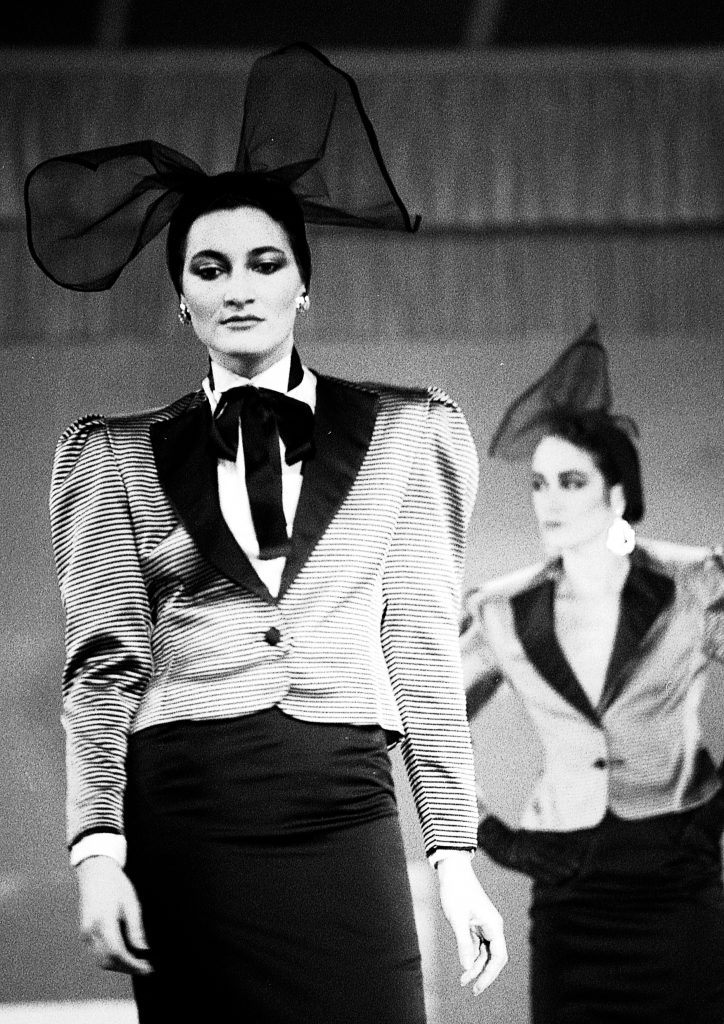
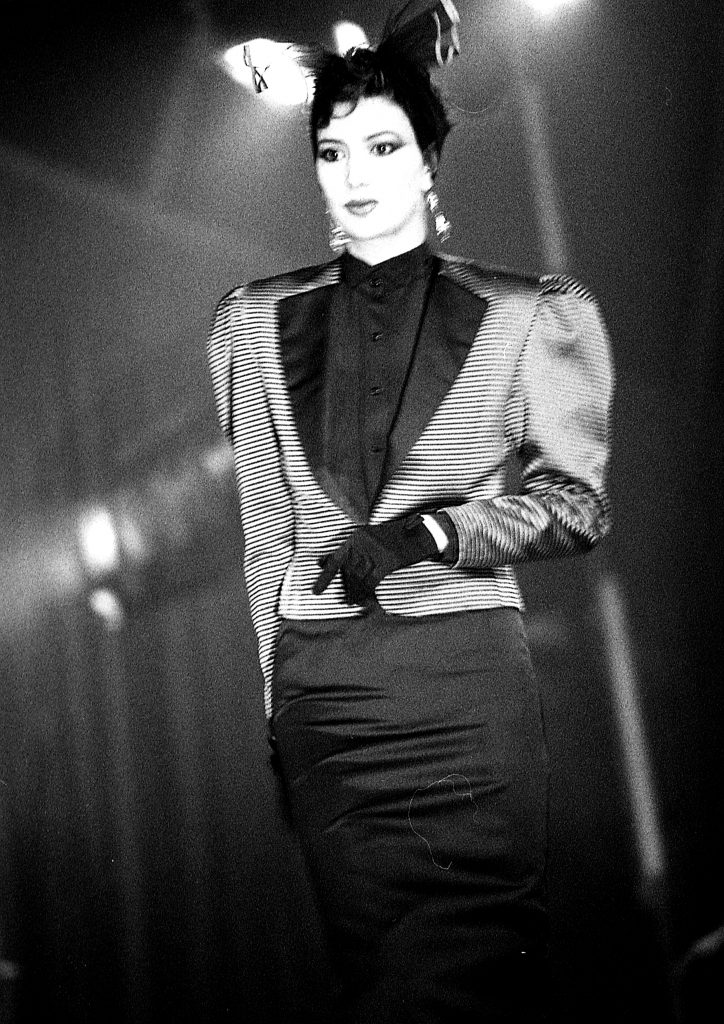
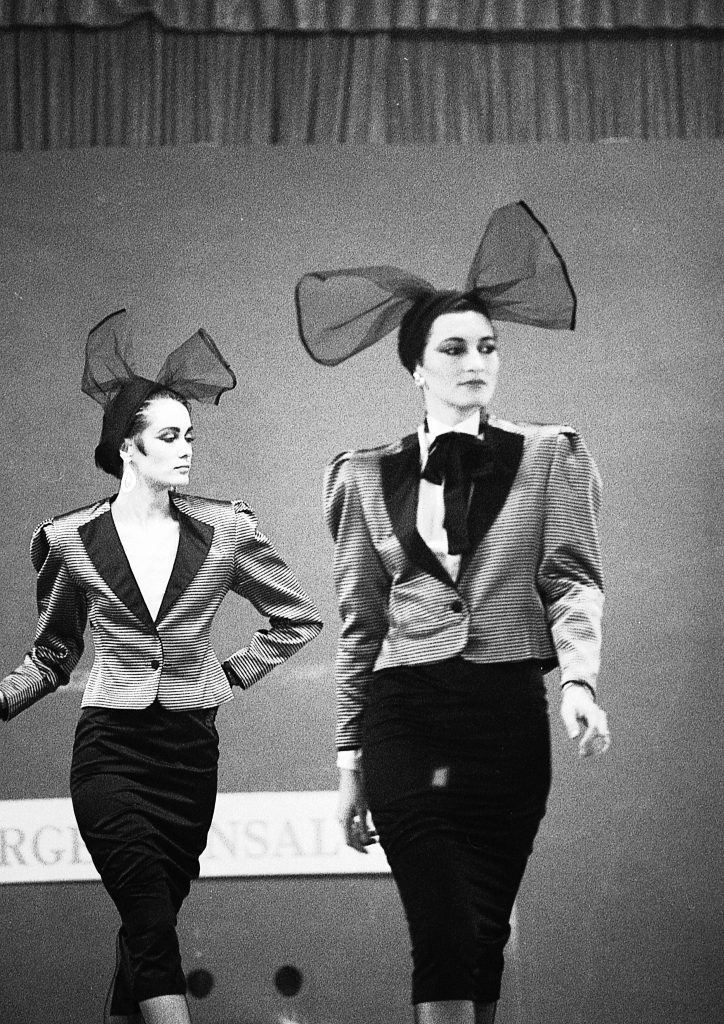
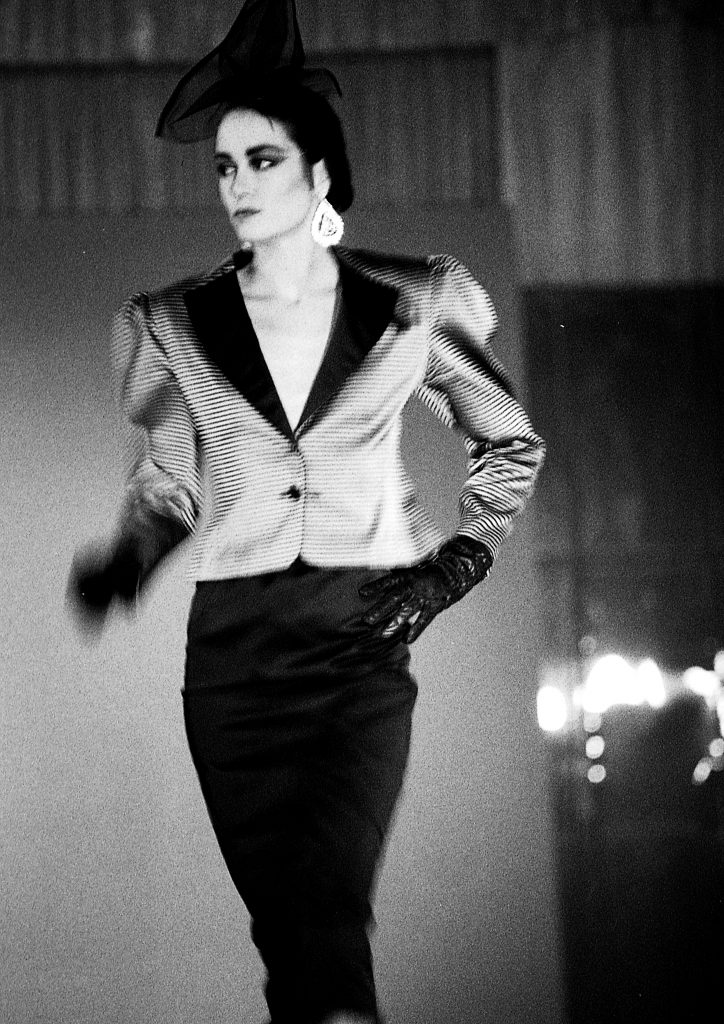
A Fashion Committee was immediately established by local institutions and Pasarela Cibeles was created a year later, in 1986 with Cuca as Director. She created common runway facilities, garnered institutional support at the highest level and set about to not only to promote designer fashion as a key part of Brand Spain but was also focused on the commercial strength of the Spanish designers. She effectively established the pillars of what today is Spain’s own Fashion System, designed by her.
But Cuca was also aware of key issues to be approached in order for Spanish designer fashion to reach its full potential. In the ’80s, designer fashion was a brand new sector in Spain and the country’s entrepreneurs lacked experience in monetizing designer goods, which they saw as non-commercial. There was also a need to further professionalize the fashion designer’s sector which she set about to do promoting the creation of a professional designer’s association, what is today know as ACME.
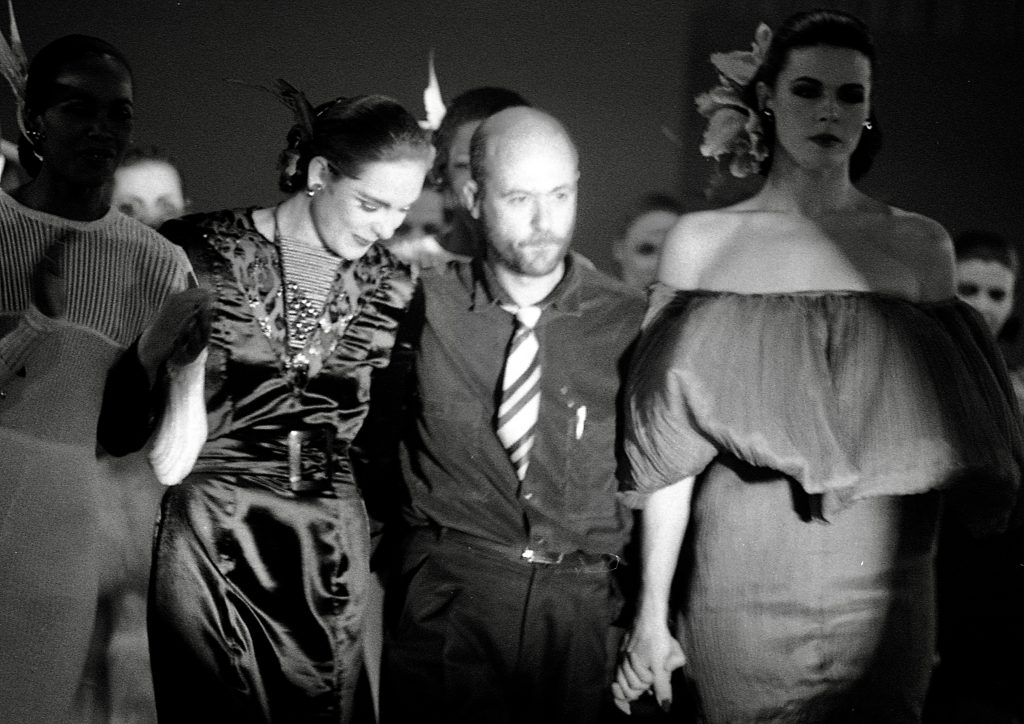
Manuel Piña , Plaza Colón, Madrid 1985 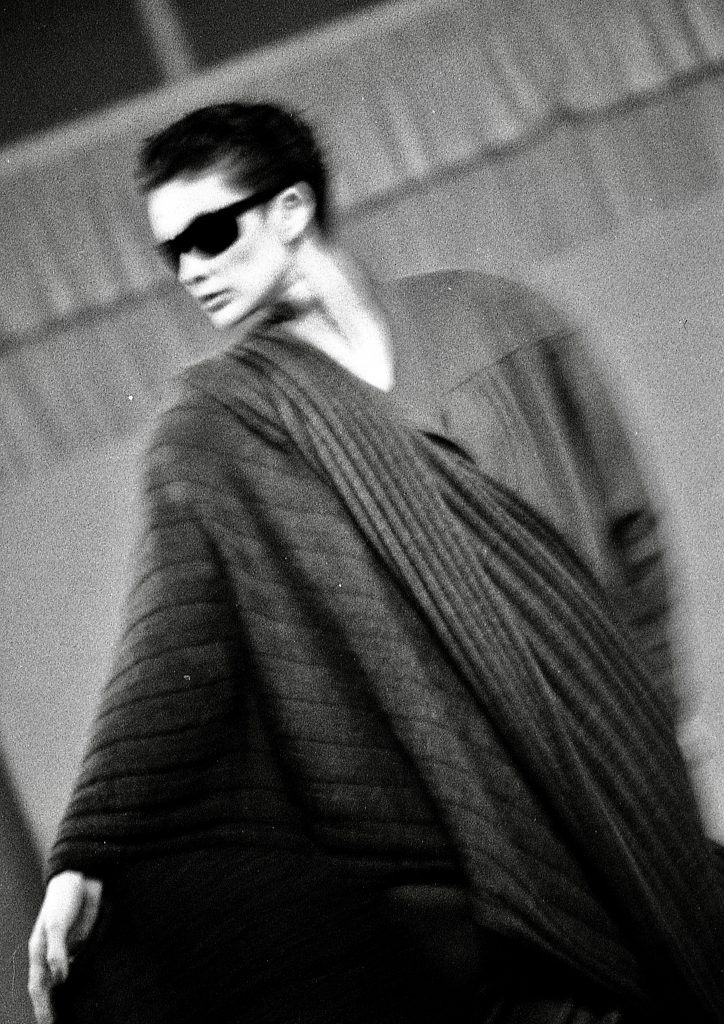

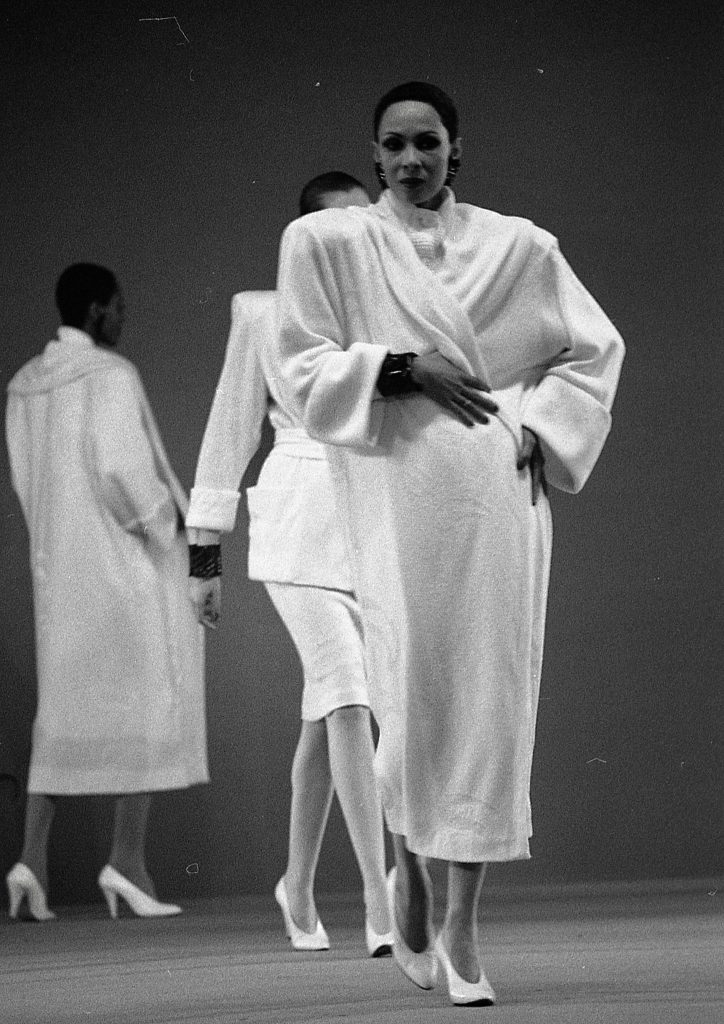




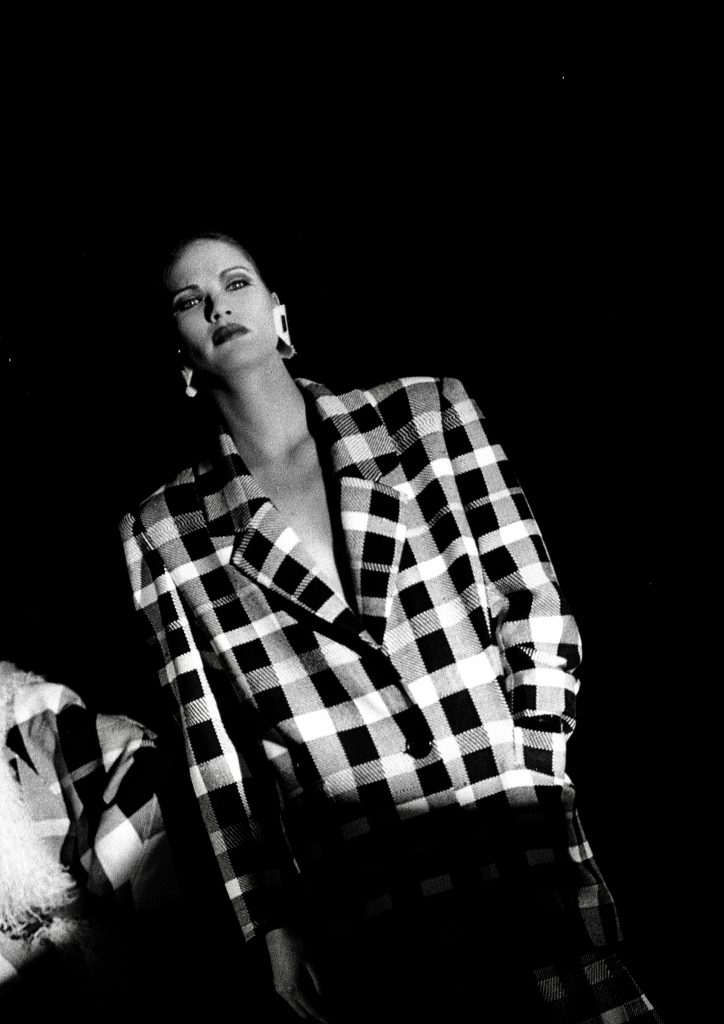
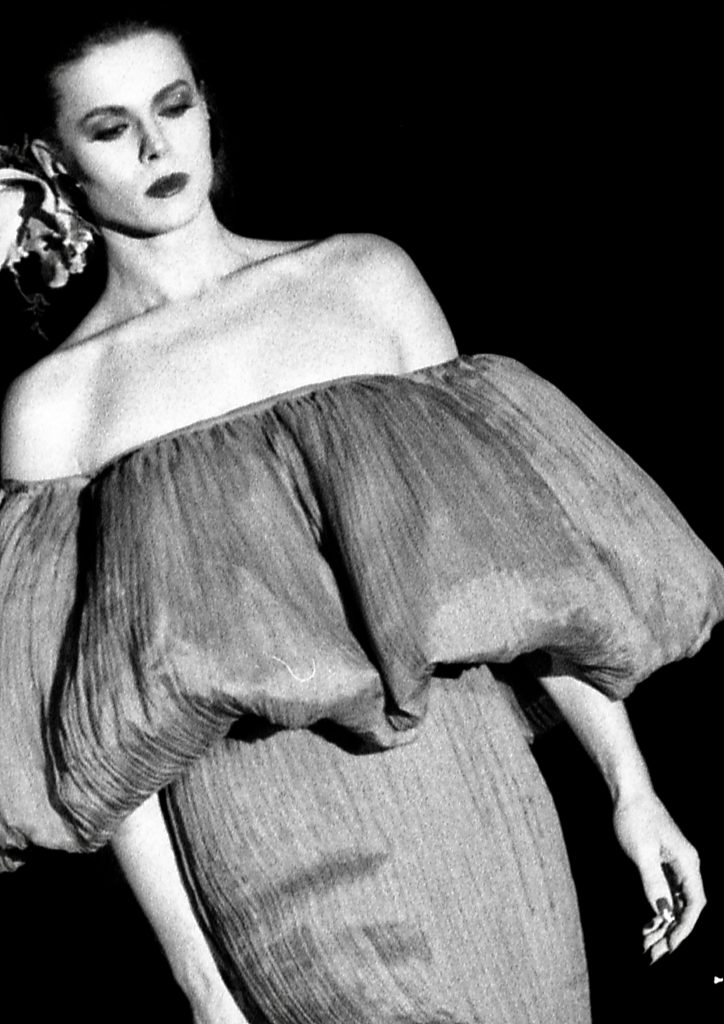
The Asociación de Creadores de Moda de España was established in 1998 by Spain’s leading designers Modesto Lomba, Jesús del Pozo, Elio Berhanyer, Antonio Pernas, Angel Schlesser and Roberto Verino. ACME is currently a key player in the fashion sector and boasts more than 60 fashion and accessories brands that represent the best designer fashion Made in Spain.
In a nutshell, these are the keys behind Spain’s current Fashion System. 32 years on, Pasarela Cibeles, since 2006 Mercedes-Benz Fashion Week Madrid, and since February 2017 led by a new Director, Charo Izquierdo, leaves behind many happy shared memories, doses of drama, lots of passion, tears and laughter, many photos, and still many fashion stories to be told which I will be sharing with you through my posts in this blog.
On a personal note I would like to thank Cuca for being such an important part of my life, and knowing she detested any kind of tacky post mortem tribute, as she lately emphasized, I know she would love to see me finally scanning, uploading and sharing my photos, my knowledge, and my thoughts with you, and I do so as a special tribute to her.
To be continued…
